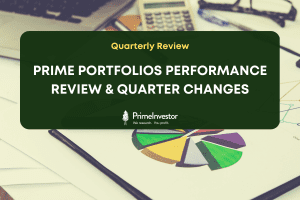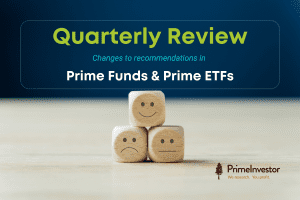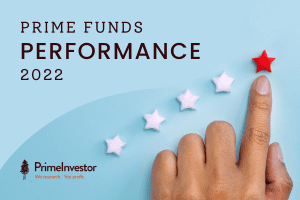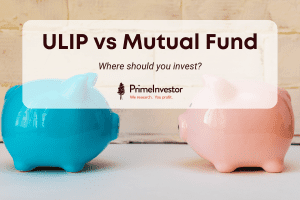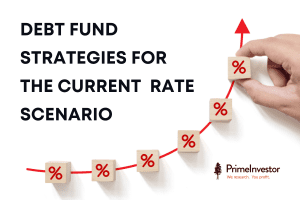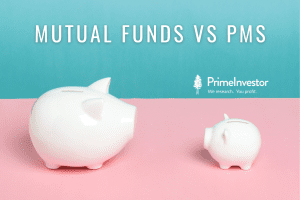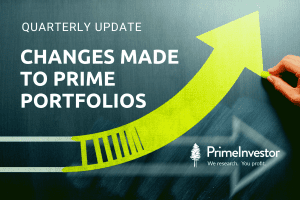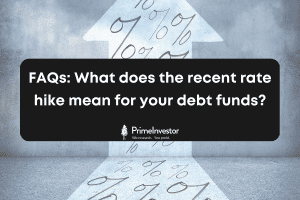
FAQs: What does the recent rate hike mean for your debt funds?
We bet you must be tired of hearing about rate hikes and debt funds and strategies! But if your queries, comments and activity on our newly-launched PrimeInvestor Community are any indications, there are still several questions many of you have over your funds.
So, here’s collecting them all and explaining what you should be doing with your debt funds and if you need to do anything different in light of the latest round of rate hikes.

